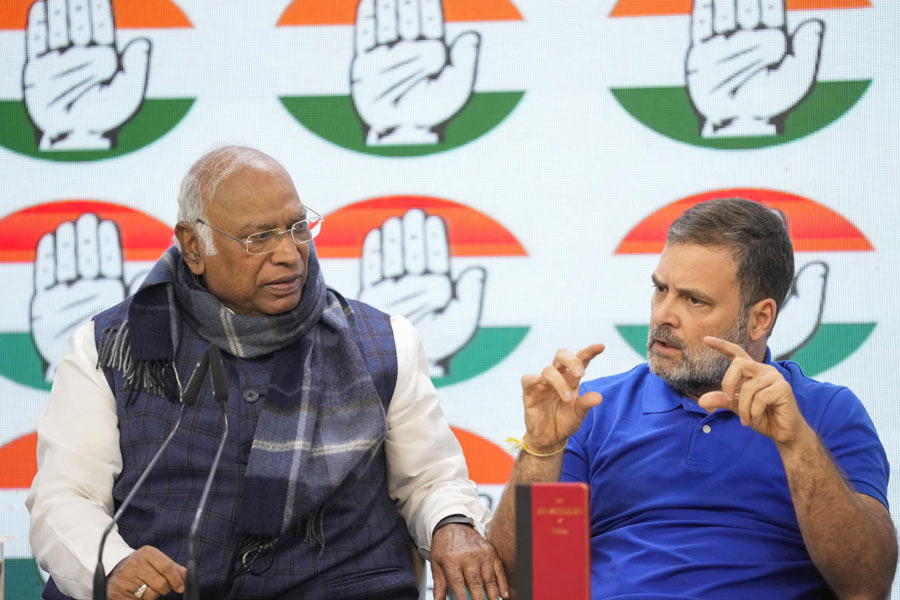
Long before the crisp pages or the alluring smell of a book makes me reach for my wallet, the cover grabs my attention. Some covers more so than others - one of these being the cover of Roald Dahl's Matilda. I like to collect different editions of the book and, recently, while hunting for another edition to add to my measly collection of four, I came across a copy that had a smiling Mara Wilson, the girl who played Matilda in the film, on its cover. She looked nothing like the Matilda I had pictured in my head. I will always prefer the scrawny-looking girl sitting on a pile of books.
There can be a lot worse than Mara Wilson's face on the cover of Matilda; take Leonardo DiCaprio's face on the cover of The Great Gatsby. Fitzgerald was apparently so taken with Francis Cugat's cover design that he is said to have "written it into" the book even before it was published. What Fitzgerald would think of this new cover is anybody's guess. There are exceptions to my dislike for movie tie-in covers. A book with a movie tie-in cover that I own is Anthony Burgess's A Clockwork Orange. The expression of Malcolm McDowell's eyes conveys the tone of the novella far better than the original cover illustration. I am also partial towards the movie tie-in edition of Marley and Me; just for the picture of the dog that is on it.
Movie stills or posters as book covers are quite common these days. Publishers are more aware than most about what the face of a popular actor on a book can do for its sales. Marcella Edwards, senior commissioning editor at Penguin Classics, claims that a movie tie-in cover makes a book more approachable - "less classic, less difficult". Readers think that they "don't need a PhD" to read it. The idea of selling thousands of copies of a book that was otherwise restricted to a niche readership makes such covers perfect for publishers.
The scale of a book, however, is a lot different from that of a film or TV series. The latter is limited by a length of time. When a book is adapted into a film, it is suitably modified to meet the requirements of the medium. A reader, who buys a book with a silver sticker claiming that the film is "now a major motion picture", expecting to relive his or her experience in theatres may be faced with a plot line that is little, if at all anything, like the movie adaptation. A movie tie-in cover can thus be deceptive for the first-time reader.
On the other hand, the publicity surrounding the release of an adaptation helps open the book up to new audiences who might not have otherwise considered reading the book. Some adaptations have remained faithful to the original, making the actors in the films almost synonymous with the characters they played. Most people cannot imagine a Mr Darcy who is not Colin Firth, or a Rhett Butler who is not Clark Gable. This runs the risk of reducing the book to a single illustrative possibility, founded on a film director's interpretation of it.
There is another possibility that might be considered. In opening up a book beyond a niche audience, movie tie-in covers may actually work wonders for the beleaguered publishing industry. The reader who buys a Sherlock Holmes novel because of her fascination with Benedict Cumberbatch's suave and dynamic Sherlock may actually end up liking Arthur Conan Doyle's sage Mr Holmes better. Whether it is a film poster or a book cover, ultimately it is trying to sell a story to the audience. The substance and not a cover, no matter how attractive the face on it, is what will ensure the success of the story.










